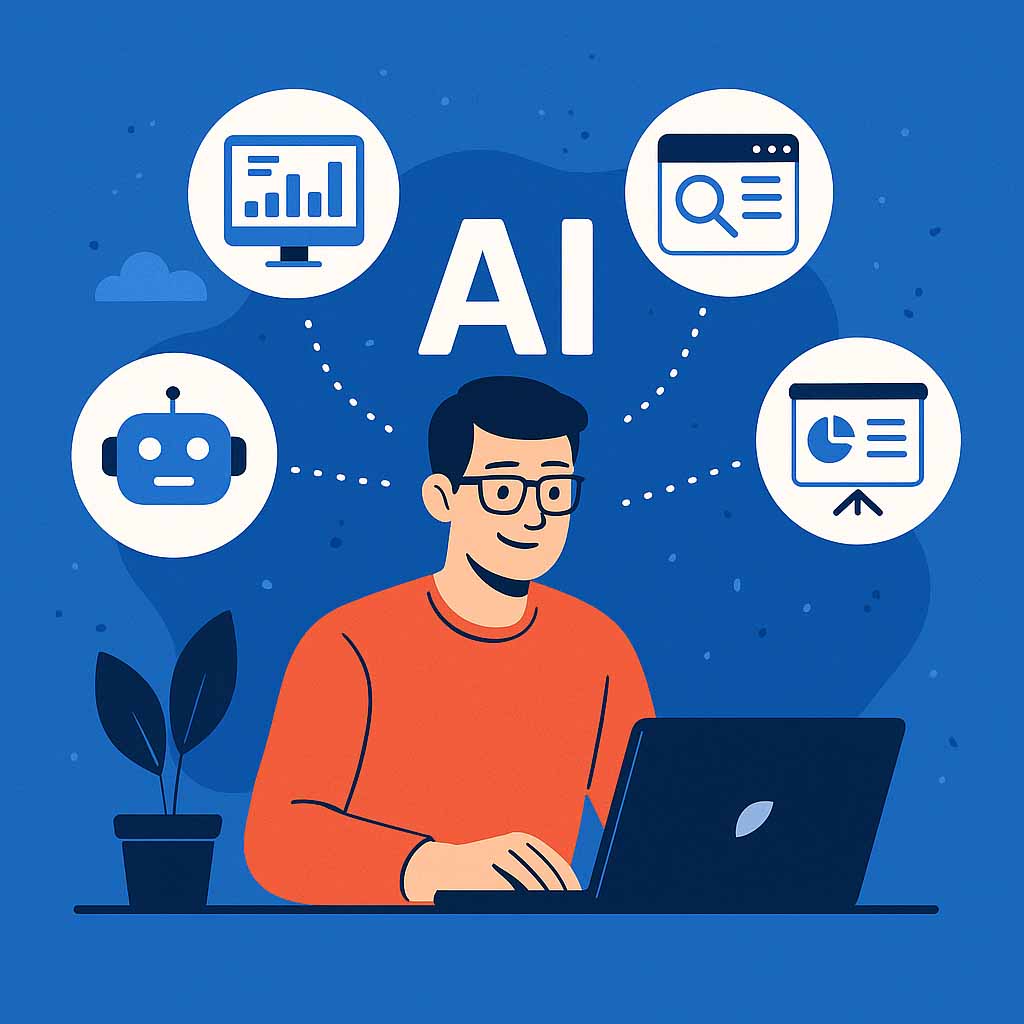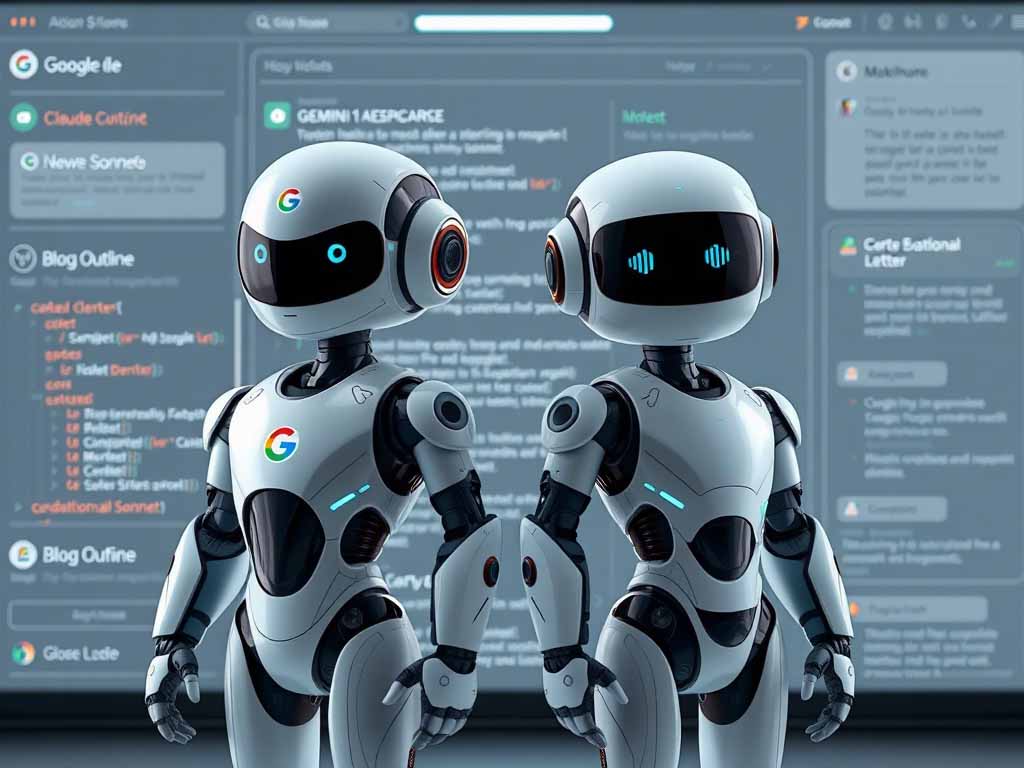Picture a coder leaning back in their chair, eyes half‑closed, feeling the rhythm of an idea rather than typing each character—a high‑velocity tango of intent and AI. This is vibe coding: a new mode of programming where words and feelings trigger code, and AI handles the technical dance.
Once niche, once experimental. But now it’s stepping out of butt‑on‑seat garage garages into corporate boardrooms, job descriptions, and enterprise workflows. Vibe coding isn’t just playful anymore—it’s entering its reckoning as a real, professional power tool.
What Is Vibe Coding, Anyway?
The phrase “vibe coding” burst into tech lexicon early in 2025 when OpenAI co‑founder Andrej Karpathy described it as “giving in to the vibes, forgetting the code even exists”. You speak plain English—or Spanish, or your natural tongue—telling the AI what you want. The AI listens, generates code, you run it, refine it by voice or text, and repeat. It’s prototyping on autopilot. Code becomes a collaborative echo of your intentions, not lines you painstakingly craft Google Cloud+1SonarSource+1.
In the early days, vibe coding was a playground for hobbyists and solo founders. But today, it’s being adopted professionally—for rapid prototyping, concept validation, and even some production tasks.
Businesses Are Embracing the Vibe
Just weeks ago, The Wall Street Journal reported that vibe coding is now in use at real companies, not just side hustles—from prototyping websites to building internal tools, it’s speeding up development cycles dramatically Wikipedia. Gartner forecasts that within three years, nearly 40% of new business software might be created using AI‑assisted workflows—and vibe coding is at the core of that shift.
Engineers report up to 40% speed gains when prototypes or boilerplate tasks are handed off to AI, freeing them to focus on architecture, logic, and scaling Business InsiderThe Wall Street Journal.
From Novice Toy to Professional Workflow
Think of vibe coding like sketching an outline before fine‑tuning it. It’s not meant to replace serious development, but serve as a creative spark. It’s a rapid dance of trial and refinement: prompt → code → run → observe → adjust.
Software engineers are assuming new roles: no longer just typing lines, but guiding, validating, refactoring, and mentoring the AI output. It’s a shift from typing code to shaping intent. As Terminal CEO Dylan Serota notes, AI tools don’t replace engineers—they evolve their responsibilities toward quality, oversight, and critical thinking Tom’s Guide+6Eclipse Consulting+6Google Cloud+6Business Insider.
Why the Hype—and the Risks
Speed and Accessibility
- For startups and small teams: Prototypes that once took days now appear in hours. For solo founders or designers, no coding experience is necessary to generate functional interfaces or scripts.
- Non‑technical staff—marketing, operations, even HR—can generate tools quickly, catalyzing innovation outside IT silos.
Creative Flow
- Vibe coding keeps you in the zone. No syntax fuss, no endless typing. You experiment, iterate, and pivot faster than ever.
Trouble Under the Hood
But beneath the shine, deeper questions lurk.
Code Quality and Technical Debt
AI isn’t context‑aware. It can stitch together code that “works” but isn’t efficient, scalable, or maintainable. Over time, your codebase becomes a tangle of mismatched styles, duplicated logic, and unlabeled states.
Security Vulnerabilities
AI rarely enforces input validation, proper authentication, or secure architecture. Worse: it’s known to hardcode API keys or use insecure patterns by default. Those shortcuts can become real breaches later on ThinhDASoftware MindArchitech.
Lack of Accountability
When AI writes your code and you don’t fully understand it, can you own it? Simon Willison and other experts warn: if you haven’t reviewed and understood generated code, you’re shouldering a risk—with real consequences in production environments.
Scaling Challenges
What works for a to‑do list during prototyping often fails when you’re building a real app—edge cases, performance, concurrency, integrations: AI often gets lost in complexity right when you need intelligent structure most Reddit.
Shadow IT and Governance Issues
As business units generate tools outside traditional IT review, organizations face compliance gaps. Gartner calls this a looming issue: “shadow IT” driven by non‑technical teams using vibe coding tools unsupervised omniekonomi.se.
What Engineers Really Do Now
In the era of vibe coding, engineers evolve into:
- Prompt architects: designing precise, contextual guides for AI.
- Quality auditors: reading, testing, and refactoring generated code.
- Security guardians: vetting AI output for vulnerabilities.
- System integrators: connecting prototype-built pieces into robust pipelines.
This shift means the real skill lies not in typing fast, but in thinking deeply and editing wisely. Tools like SonarQube are gaining traction to automate code review, quality checks, and security scans over AI-generated codebases.
When Vibe Coding Can Work—and When It Shouldn’t
Ideal uses:
- Rapid prototyping or MVPs
- One-off utilities or internal tools
- Exploring new ideas or UI concepts
- Small-scale automations or scripts
Don’t vibe‑code when:
- You’re building production‑grade, high‑performance systems.
- Security, scalability, auditability matter.
- You need maintainable architecture and clean team collaboration.
- Code will evolve or be extended over long time.
As many developers on Reddit put it: great for hacks—but messy and brittle for long‑term scale.
The Future: Hybrid Human‑AI Workflows
Meanwhile, enterprise adoption means governance frameworks will evolve. Companies will create guidelines for who can prompt, how output is validated, and what tools can be used in what context. AI isn’t magic—it’s a new kind of collaboration that still demands control and oversight.
Final Reflection: Vibe Coding’s Dual Nature
Vibe coding is electric and exhilarating—a freeing tool that dissolves friction and accelerates creativity. But it’s also wild and uncharted, raising structural fragility, technical debt, and security holes if not handled responsibly.
The real question: Are we creating better code, or just faster code?
In the hands of thoughtful engineers who guide, test, and refine, vibe coding can unlock speed without compromise. But left unchecked, it can produce a Frankenstein codebase that only works until it doesn’t.
So: embrace the vibes. But remember—true craft isn’t about bypassing mastery; it’s about evolving it for a world where code is written by intention, not just by fingers.
Read more about AI
- Grok’s Great Leap: From AI Avatars to Government Power Tools
- Perplexity Launches ‘Comet’: A New AI-Powered Browser That Rethinks Search
- The Dawn of a New Era: EU’s Voluntary Code for General‑Purpose AI
- AI Girlfriends: The New Challenge for Married Couples
- What Happens When 90% of Online Content Is AI-Generated by 2025?



